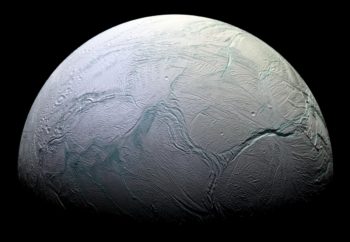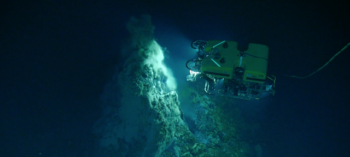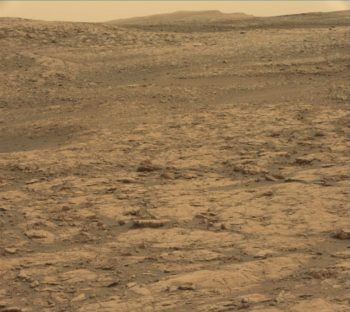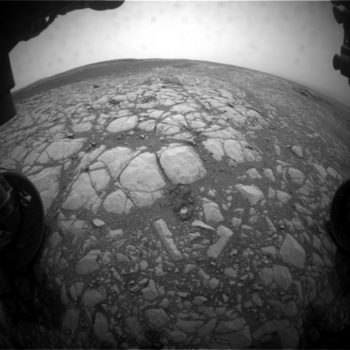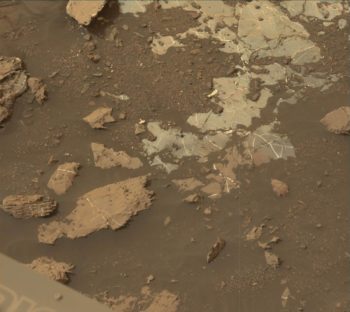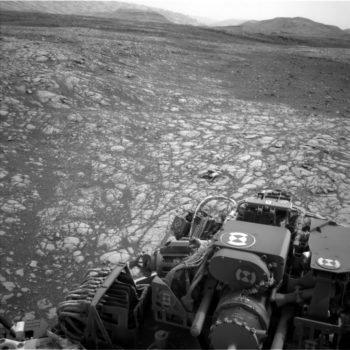Archive for September, 2018
NASA hasn’t used American-made spacecraft to send our astronauts to space since 2011 – and a website has been established to decry that fact.
“Watch U.S. Fly is a community of Americans that believes that America should lead the world in technological advancements. We realize that in order to maintain our edge, American aerospace must have the support of policymakers so they can continue to chart the future.”
Make your voice heard
Watch U.S. Fly was created to bring viewers updates on space exploration and to “make it convenient to make your voice heard to ensure America remains the world leader in the modern-day space race.”
American firms like Boeing are on the cusp of changing this, the website adds. The American-made Starliner spacecraft will send astronauts into space and cement America’s lead in the modern-day space race.
SLS boosterism
Also highlighted on the site:
Going Beyond Earth
Why the CST-100 Starliner Is Important for America
Why the SLS Is the Best Rocket to Send Americans to Mars
Check this site out at:
Orbitz, the travelling services group, has a new venue to view: extraterrestrial tourism…but Earth is on the receiving end
of out-of-sate, country and world travelers.
They note: “We are not alone. Reports of UFO sightings, and encounters of the first, second, and third kind date back to Ancient Egypt, and continue throughout the course of history. The truth is out there…”
To book your eyes on a set of sighting posters — Disks of Fire!; Galactic Globe Falls to Earth; Judgement day; They Came From The Stars; That’s No Moon; She Came From Outer Space; They’re Here; You Can Run, But You Can’t Hide; Attack of The Tentacleo Tormentor and Spiralling Lights Haunt Scandinavian Skies – go to:
Exploration Vessel (E/V) Nautilus is exploring regions of the ocean seeking out new discoveries in biology, geology, and archaeology. As part of this assignment, a research team is probing an underwater area that may mimic Saturn’s moon Enceladus.
The expedition is currently collecting fluid samples from Pele’s Pit for a project studying hydrothermal vents as an analog for future space exploration.
Underwater volcano
Now underway is investigating Lō`ihi Seamount, an underwater volcano off the southeastern coast of the Big Island of Hawai`i.
It is the first time an expedition is carrying out the SUBSEA (Systematic Underwater Biogeochemical Science and Exploration Analog) research program.
Deep sea, deep space
This partnership between NASA Ames Research Center, NOAA’s Office of Ocean Exploration and Research (OER), Woods Hole Oceanographic Institution, and various academic centers brings together both ocean and space exploration teams aboard E/V Nautilus to study how deep sea and interplanetary exploration could share similar approaches.
The expedition is running from August 23 – September 12, 2018, co-led by Darlene Lim of NASA Ames and Christopher German of the Woods Hole Oceanographic Institution.
Microbial life
Scientists think that the ocean worlds of the outer solar system could potentially have the right conditions for microbial life, and Lo’ihi Seamount has similar characteristics researchers can learn from.
This active hydrothermal venting site has the type of volcanic activity, water temperatures and chemical reactions that researchers think may exist on Saturn’s moon Enceladus.
The SUBSEA team will study the environmental conditions and life around Lo’ihi’s hydrothermal vents, and also investigate whether this site has been affected by recent Kīlauea volcanic activity.
To watch this expedition via live video, go to:
NASA’s Curiosity Mars rover is now performing Sol 2158 weekend duties.
Meanwhile, some recent imagery relayed from the robot show it busy at work:
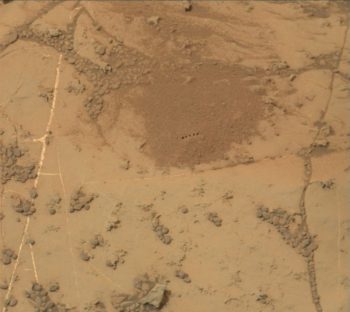
Chemistry and Camera laser shots are shown in this Curiosity Mastcam Right image taken on Sol 2156, August 30, 2018.
Credit: NASA/JPL-Caltech/MSSS
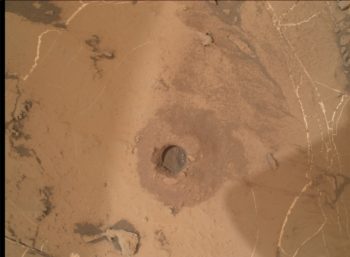
Mars Hand Lens Imager (MAHLI) Sol 2156, August 30, 2018. MAHLI is located on the turret at the end of the rover’s robotic arm
Credit: NASA/JPL-Caltech/MSSS





